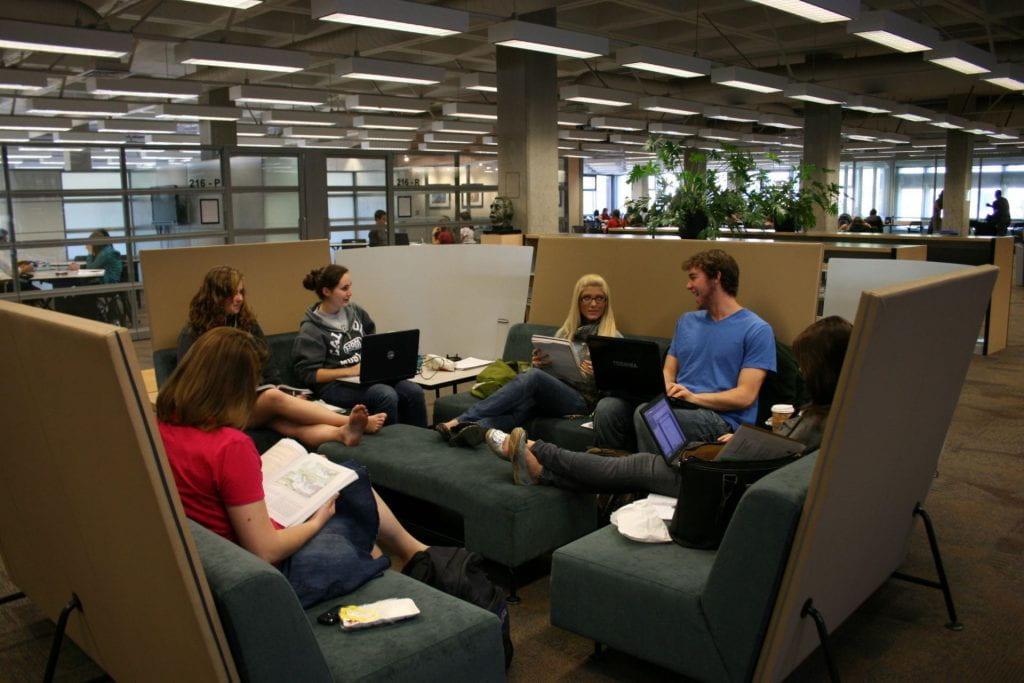
SUMMARY
Role: Director
Intention (SMART Goal)
My May 10th, as a part of my film team, I will have evidence of strong and weak actor movements to reveal actor mental state and have evidence of blocking using NoFilm School’s Why Blocking is Essential.
PRE-PRODUCTION – INQUIRY
Leader(s) in the Field / Exemplary Work(s)
Peter Jackson was the director of the Lord of the Rings trilogy. He was nominated for numerous awards around the globe. He is from New Zealand and he received the most awards for The Return of the King.
Training Source(s)
https://study.com/academy/lesson/stage-movement-blocking-definition-rules.html
0:16 Children’s plays have something usually missing- body language of actors
0:29 Blocking is the planned physical movements that help the storyline
0:36 Blocking conveys subtext of the dialogue and grabs audiences attention
0:40 This is done as a process between actors and directors
0:43: Actors and directors both have to decide what is best for the situation and work together.
0:46 Shows what characters would normally do in a situation
0:51 On stage, every movement or lack of movement has to work with location of other actors
1:06 Involves stage direction, accurate language, stage and directional movements.
1:37 Stages are divided into 9 sections like a tick tack toe board
1:42 Movies are done in a similar way, although there is no audience or wings like a stage.
Project Timeline
- Meet with actors
- Pre-write script
- Write script
- Evaluate location
- Ask for a teacher actor
- Block actors and camera
- Set up mics
- Film
- Organize shots
- Decide what to reshoot
- Reshoot film
- Edit film
- Edit sound
- Create music and add to film
- Add evidence to slideshow
- Present slideshow
Proposed Budget
N/A
PRODUCTION – ACTION
The (FILM, SOUND, or GAME Creation)
https://drive.google.com/file/d/1qioEtGYr_HN39FzkarmMp8P1ORoAEVJ4/view?usp=sharing
Skills Commentary
https://docs.google.com/presentation/u/0/d/1JupJIxFDMShrrwhBRkunbcEfe3vahFO8wfbvdz5CrQQ/edit
As the director, I showed evidence of strong and weak movements in the slideshow.
POST-PRODUCTION – REFLECTION
21st Century Skills
Ways of Thinking (Creativity, Innovation, Critical Thinking, Problem Solving)
I was able to use creative thinking to decide on doing a bottle episode style film. I was innovative by working with my team to create a story line where characters in the film were shooting another film in order to give a background and provide information. I used critical thinking and problem solving to assist when we had issues with actors being absent and we had to problem solve to figure out how to solve the missing gaps in the film.
Ways of Working (Communication & Collaboration)
I collaborated with my team in order to create the best final product. As a director, it is important to set the standards for successful communication among the actors and film team. I worked hard to collaborate with team members when people were absent in order for them to stay engaged and help with their part in the film.
Tools for Working (Info & Media Literacy)
I used paper for blocking and story boarding. I had to story board to plan out the film and show blocking for characters. I also used websites and online resources for research on my role as director.
Ways of Living in the World (Life & Career)
I can use these skills in the real world as I can work well with a team for communication and collaboration. I know how to block our movement and storyboard for films which can be useful for careers.
Reactions to the Final Version
“The characters names were not listed at the beginning of the individual scenes, so in the end when names were said, I did not know who they were talking about” -Josie
“With more time the film would be better” -Mr. Le Duc
Self-Evaluation of Final Version
The final version turned out well. I think the bottle film style really added feeling and helped develop the story and theme. I wish we had some of the missing scenes that got left out due to absences. Our film was good for our time and resources, although it could have been better. I’m proud of the blocking and story line.
Grammar and Spelling
I used Grammarly for spelling and grammar.
Editor
Moira



